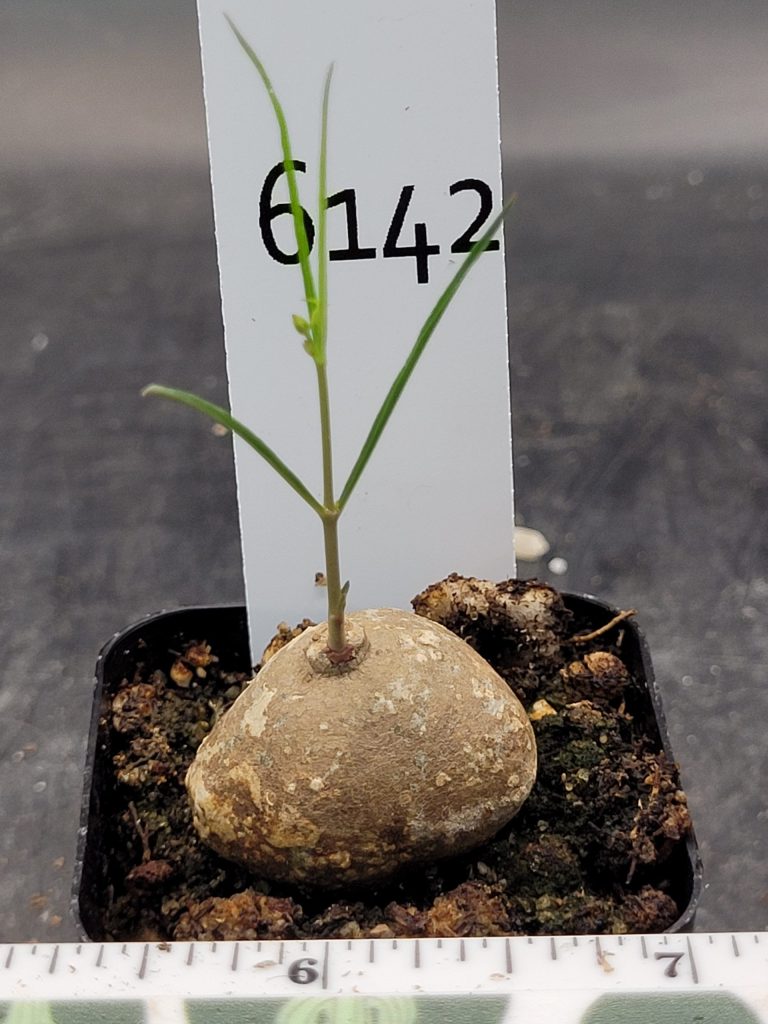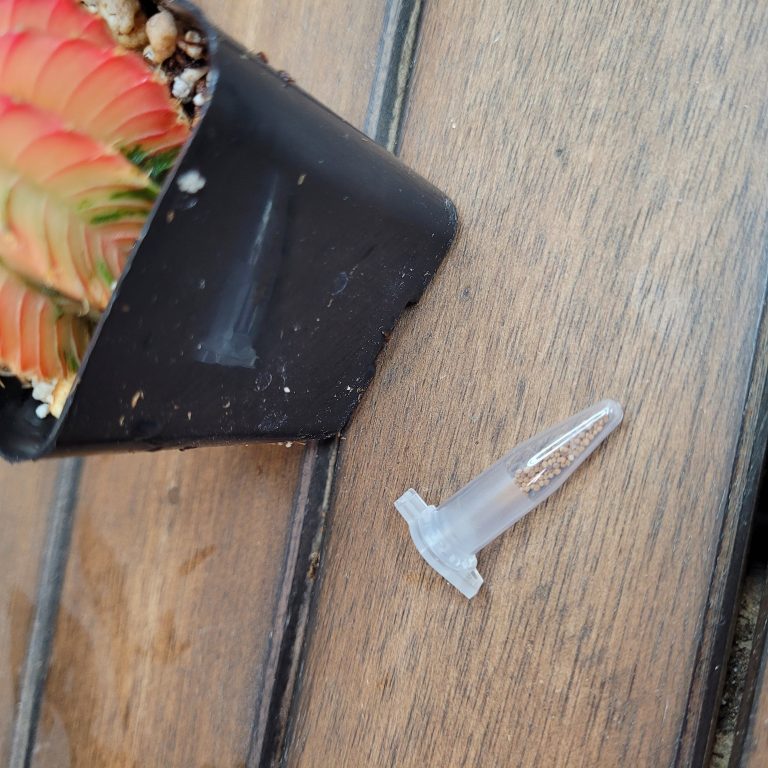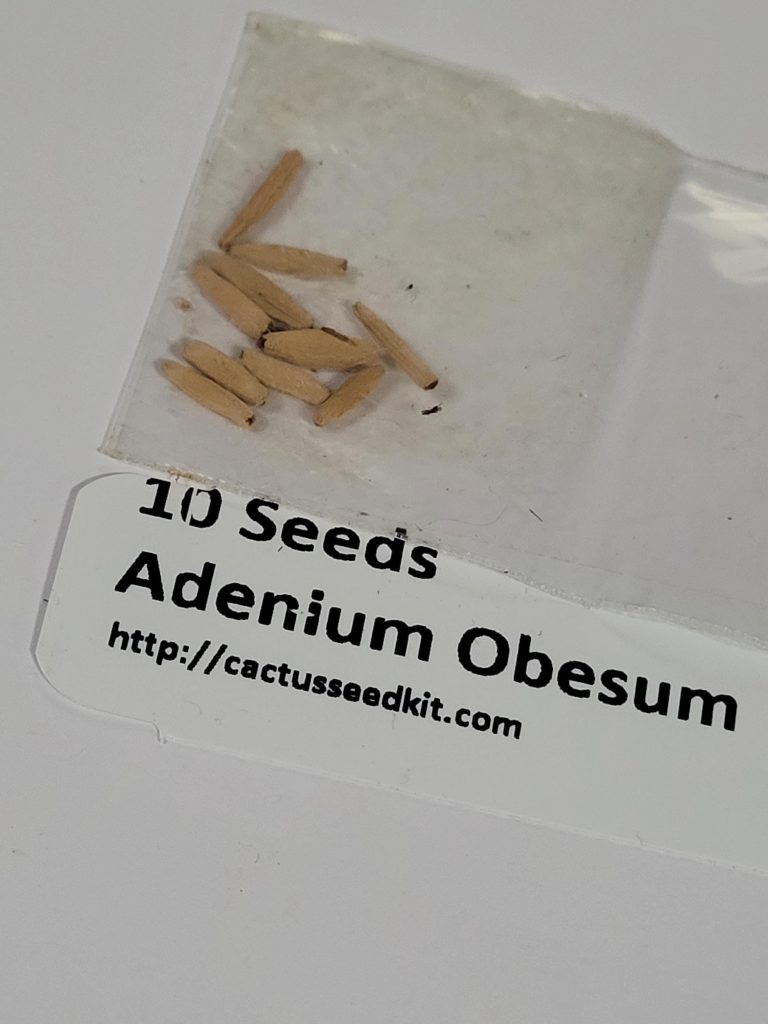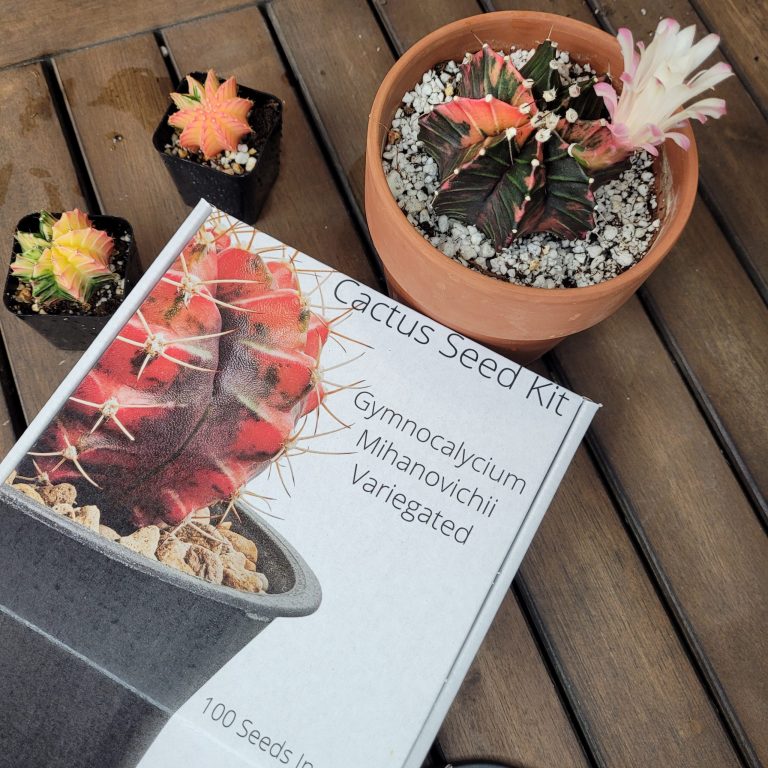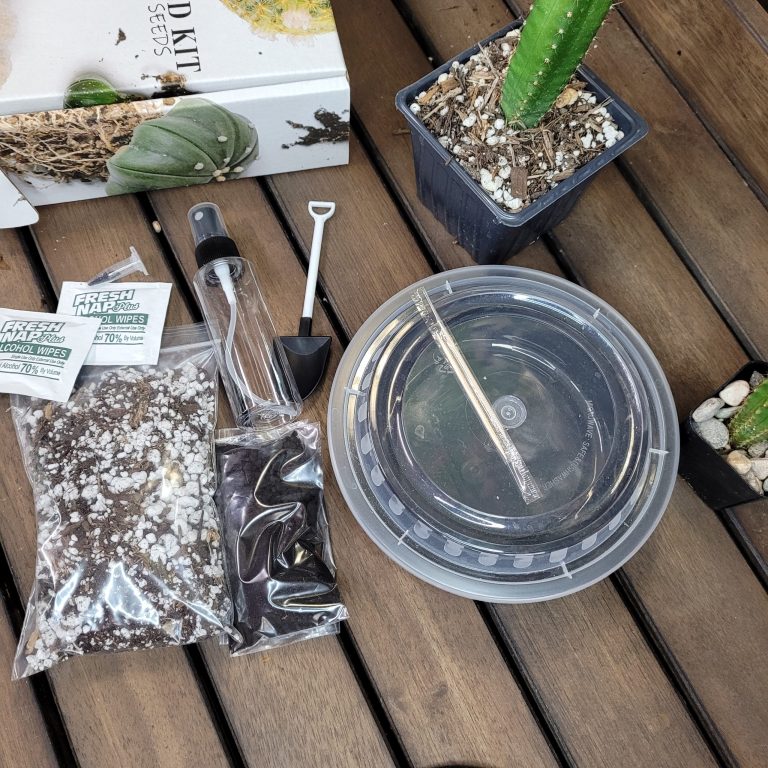Pachypodium lamerei, commonly known as the Madagascar Palm, is a striking succulent with a thick, spiny trunk and a crown of lance-shaped leaves. Growing Pachypodium lamerei from seed is a fulfilling process, allowing you to witness the unique characteristics of this plant from the very beginning. This guide will take you through the steps of planting, caring for, and acclimating your Pachypodium lamerei seedlings.
Step 1: Gather Your Supplies
Before you begin, make sure you have the following materials:
- Pachypodium lamerei seeds: Purchase fresh seeds from a reputable source to ensure better germination.
- Seed trays or small pots: Use shallow containers with drainage holes.
- Well-draining soil mix: A cactus or succulent mix is ideal. You can also make your own by mixing equal parts of coarse sand, perlite, and potting soil.
- Plastic wrap or clear plastic lids: To maintain humidity during germination.
- Watering can or spray bottle: For gentle watering.
- Labels: To track planting dates and other details.
Step 2: Prepare the Soil
Pachypodium lamerei requires well-draining soil to prevent rot. Prepare your soil mix by combining equal parts of coarse sand, perlite, and potting soil. Fill your seed trays or small pots with this mixture, leaving about 1/2 inch (1.3 cm) of space at the top.
Step 3: Plant the Seeds
- Soak the seeds (optional): To encourage faster germination, soak the seeds in warm water for 24 hours before planting.
- Moisten the soil: Lightly water the soil in the seed trays or pots. The soil should be damp but not soaked.
- Sow the seeds: Place the seeds on the soil surface, spacing them about 1 inch (2.5 cm) apart. Cover the seeds with a thin layer of soil, approximately 1/8 inch (3 mm) deep.
- Create a humid environment: Cover the seed trays or pots with plastic wrap or a clear plastic lid to create a humid, greenhouse-like environment. This helps in successful germination.
- Label the containers: Write the planting date and any other relevant information on a label, and place it in the tray or pot.
Step 4: Germination and Early Care
- Temperature and light: Place the seed trays or pots in a warm area with bright, indirect light. The ideal temperature for germination is between 75-85°F (24-29°C).
- Monitor moisture: Keep the soil consistently moist but not waterlogged. Mist the soil lightly with water as needed to maintain moisture.
- Germination time: Pachypodium lamerei seeds typically germinate within 2-4 weeks. Be patient, as some seeds may take longer to sprout.
Step 5: Caring for Seedlings
Once your Pachypodium lamerei seeds have germinated, follow these steps to care for the young seedlings:
- Gradually reduce humidity: As the seedlings develop a few sets of true leaves, gradually remove the plastic cover over several days. This helps them adjust to normal humidity levels.
- Light: Move the seedlings to a bright location with plenty of indirect sunlight. If natural light is insufficient, use a grow light to provide 12-14 hours of light daily.
- Watering: Allow the soil to dry slightly between waterings. Water deeply but infrequently to encourage strong root development. Avoid overwatering, as seedlings are prone to root rot.
- Fertilization: Once the seedlings are a few inches tall, you can start fertilizing them with a diluted, balanced fertilizer every 4-6 weeks during the growing season (spring and summer).
Step 6: Acclimating and Transplanting
- Transplanting: When the seedlings reach about 3-4 inches (7-10 cm) tall and have a sturdy root system, they can be transplanted into individual pots. Use a well-draining succulent mix, and make sure the pots have drainage holes.
- Sunlight: Pachypodium lamerei thrives in full sun, so gradually acclimate your plants to direct sunlight. Start with a few hours of morning sun, increasing exposure gradually over a couple of weeks.
- Watering: Continue to water deeply but allow the soil to dry out between waterings. During the winter dormancy period, reduce watering significantly.
- Pruning and shaping: Prune the plant as needed to maintain its shape and encourage bushier growth. Be cautious when handling, as the spines on the trunk can be sharp.
- Pests and diseases: Monitor for common pests such as spider mites, mealybugs, and aphids. Use insecticidal soap or neem oil to treat infestations. To prevent fungal issues, avoid overhead watering and ensure good air circulation around the plants.
Conclusion
Growing Pachypodium lamerei from seed is a gratifying experience that allows you to cultivate a truly unique and exotic plant. By following these steps, you can successfully plant, care for, and acclimate your Madagascar Palm seedlings. With patience and proper care, your Pachypodium lamerei will thrive, eventually becoming a striking focal point in your garden or indoor plant collection. Happy gardening!

